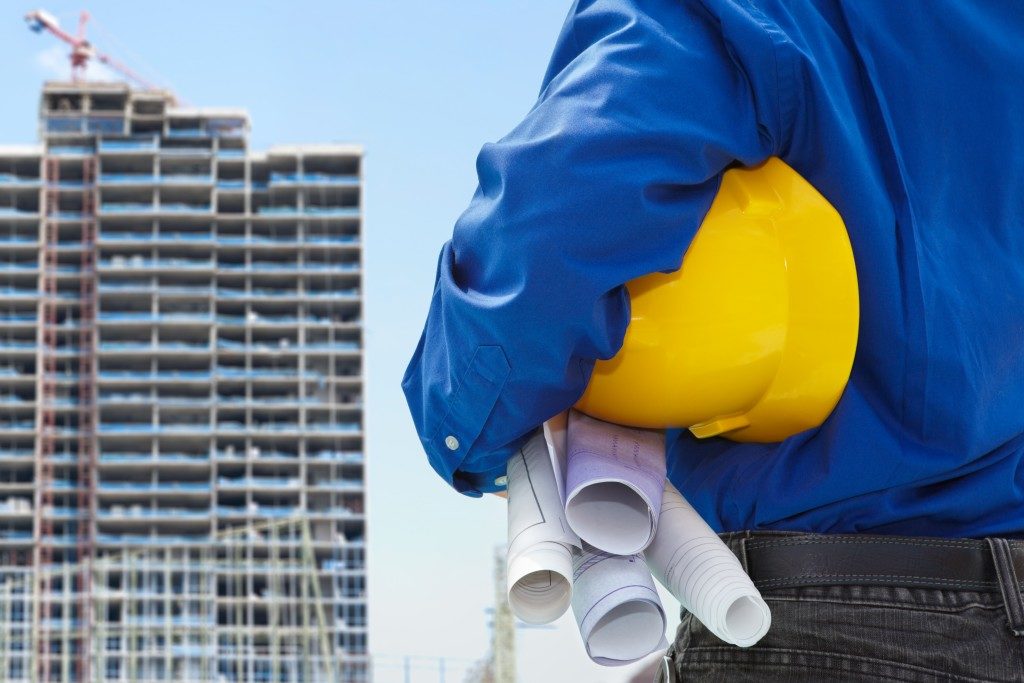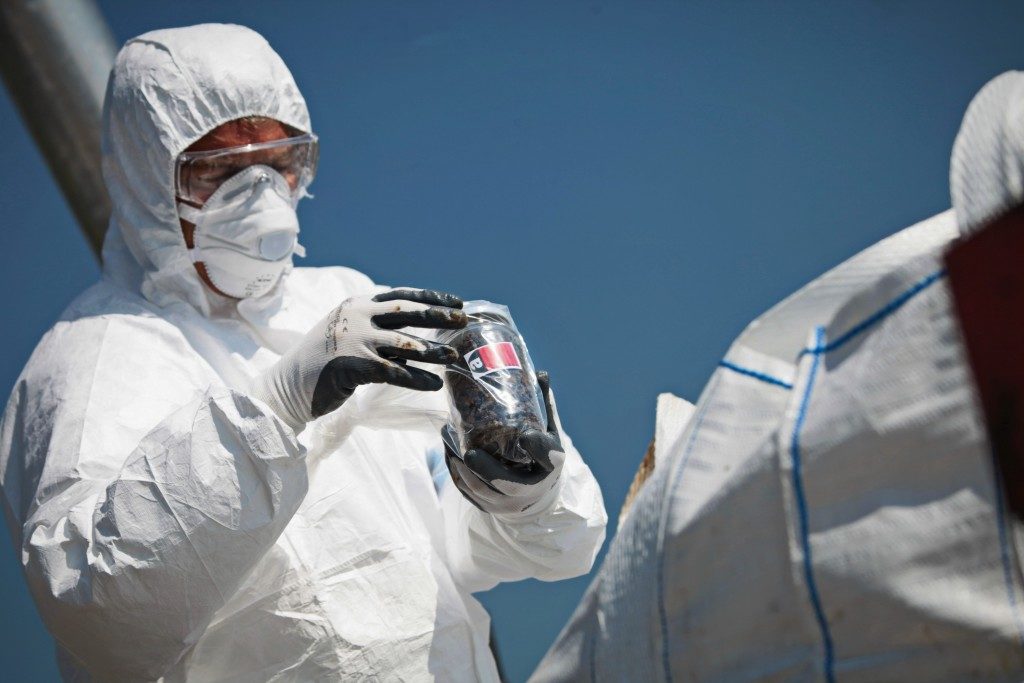
The energy costs in Oregon are lower than the national average. According to Electricity Local, the state’s commercial rates rank 39th in the country. Businesses spend about $460 a month or over 25% lesser than the rest of the United States.
It doesn’t mean that businesses cannot bring the costs down even further. There are many ways to cut back on energy spending, such as conducting a building envelope test.
What Is a Building Envelope?
An envelope refers to the components of the building that separate the interior and the exterior environments. The principle applies to both a residence and a commercial establishment. What makes the envelope, however, can differ between the two.
For example, a house’s envelope can include the foundation, roof, walls, floors (including the subfloors), and insulation. A building, meanwhile, might have a series of barriers for water vapor and airflow, as well as cladding.
One can also categorize the envelope as loose or tight, which usually describes the airflow. Either way, the layers, which all work together to improve energy efficiency, should not have any gaps.
In many cases, however, structural or gap problems do not become evident until the complications are severe. When these happen, the cost of repair can already be expensive, and the building can already experience poor energy performance. To make sure that the envelope is working well, the experts recommend hiring a building engineering company in Tigard who can perform testing.
How Building Envelope Testing Works
 An envelope testing is a process of inspecting and inspecting the many barriers or layers that make up the “shell” of a building. This type of test is not new, but for the National Environmental Balancing Bureau (NEBB), the process seemed flawed.
An envelope testing is a process of inspecting and inspecting the many barriers or layers that make up the “shell” of a building. This type of test is not new, but for the National Environmental Balancing Bureau (NEBB), the process seemed flawed.
For one, there’s no industry standard the assessors could follow. The results, therefore, might vary from one company to another. In turn, the building’s owner or manager didn’t receive the right or complete information. Second, it’s not impossible for a building to have several contractors. It can hire a firm to install the cladding and another for the water vapor barrier.
To come up with a unified method of inspection and evaluation, the NEBB promotes systemic criteria for commissioning and testing. The testing standards can vary depending on the types of barriers and what kind of intrusion the team has to look for.
For instance, if it’s a thermal intrusion, the company doing the testing utilizes an imaging system that can detect the presence of heat. It can be a sensitive device that can measure temperatures as low as 15 degrees Fahrenheit.
In some cases, the procedure can become invasive. The inspection and assessment may already involve the removal of the layers if it means obtaining more accurate data. It’s important to note that there’s a difference between a building envelope inspection and testing. The latter is more comprehensive and can even include the former.
The industry standards and these differences of building envelope services can also tell the property owners, investors, and other stakeholders what to look for in a team.

